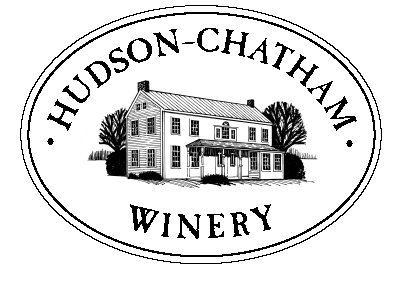Quebec’s dominance in the global supply of maple syrup could
be threatened by New York State’s rapidly expanding production according to
Benoit Girouard, president of the Union Paysanne. Mary Ross of the Mohawk
Valley Trading Company where their maple syrup is made primarily from sugar
maple sap doubts that will happen anytime soon.
Utica, NY (PRWEB) February 19, 2013
The theft of maple syrup worth an estimated $18-million from
the Federation of Quebec Maple Syrup Producers warehouse in
Saint-Louis-de-Blandford, Quebec has rocked the maple syrup industry and the
investigation has spread beyond the Canadian border. Some of the stolen syrup
was possibly sold to Maple Grove Farms in St. Johnsbury, Vermont, the largest
packer of maple syrup in the United States.
Maple Grove has issued a statement denying any knowledge
that the syrup it bought was hot, but had purchased it “in good faith with no
reason to believe that it was coming from Quebec or that it may have been
stolen.”
The crime and its subsequent investigation have not only
exposed a well organized maple syrup black market, but may enable New York
State maple syrup producers to capitalize on blowback from the federation’s
authoritarian control of the industry.
According to Benoit Girouard, president of the Union
Paysanne, a farmers’ union formed to dispute the province’s main agricultural
union, Quebec’s effort to control maple syrup sales is backfiring. Due to the
fact that Quebec’s prices for maple syrup are artificially set instead of by
the free market, in addition to the added expense of the dictatorial bureaucracy,
American producers can come in under them. 10 years ago, Quebec supplied 80% of
the world’s maple syrup where as today, that number has dropped to about 76%.
Mr. Girouard stated that New York State is rapidly expanding
production and could threaten Quebec’s dominance of the market. “Businessmen
can see an opportunity, and they have realized that in Quebec, maple syrup is
going to stagnate because of the system that has been implemented,” said
Girouard. “For supply management to work, there have to be closed borders,” he
said, but with syrup, it’s a free market everywhere but in Quebec. A study by
the Régie des marchés agricoles et alimentaires released in 2012 noted that
American competition “is an important preoccupation for the Quebec maple industry.”
However, Mary Ross of The Mohawk Valley Trading Company
where their maple syrup is made primarily from sugar maple sap says that
"New York State is quite a ways off from being any type menace to Quebec’s
supremacy in the global market."
“First of all, look at the numbers;" Ross continued
"Vermont is the largest producer in the United States, generating about
5.5 percent of the global supply with over 1,140,000 US gallons during the 2011
season, followed by New York with 564,000 US gallons for the same period, which
is less than half of that”
“With Quebec supplying almost 80% of the global demand for
maple syrup, and Vermont 5.5 percent of the global supply, I doubt that New
York State maple syrup producers will be much of a threat any time soon. That is
a pretty tall order to fill”.
About Maple Syrup
Next to honey, maple syrup is the most popular natural
sweetener in North America and its production predates European colonization.
Early Native American societies in Canada and the northeastern United States
were distilling maple syrup and sugar before those geographic boundaries
existed. Maple sugar is made from the controlled crystallization of maple syrup
and takes several forms.There is no written record of the first syrup
production but several native legends persist. Many tribes celebrated the short
maple sap collection season with specific rituals.
The Native Americans collected maple sap from v-shaped
notches carved into maple trees. The sap was diverted into birch bark buckets
using bark or reeds. It was concentrated by placing hot stones into the buckets
or by freezing the sap and removing the ice, which is composed only of water.
When Europeans reached northeastern America they adapted
native techniques to make their own maple syrup. The v-shaped notches were
replaced with auger-drilled holes. This practice is less damaging to the trees.
Bark buckets were replaced with seamless wooden buckets carved from lumber
rounds. The method of sap concentration also changed from passive to active.
Large amounts of sap were collected and brought to a single area where it was
boiled over fires in round cauldrons until reduced to the desired consistency.
‘Sugar shacks’ were built expressly for the purpose of sap boiling. Draft
animals were often used to haul fire wood and large containers of sap for
sugaring. Maple syrup was an important food additive in early America because
imported cane sugar was not yet available.









